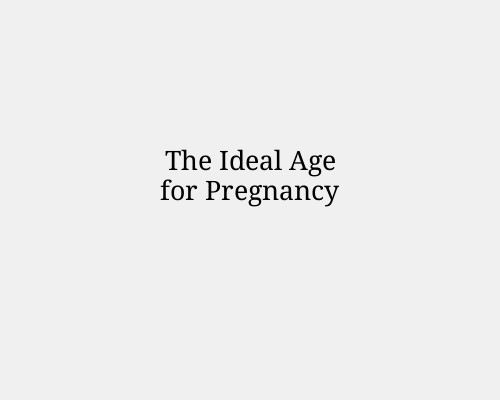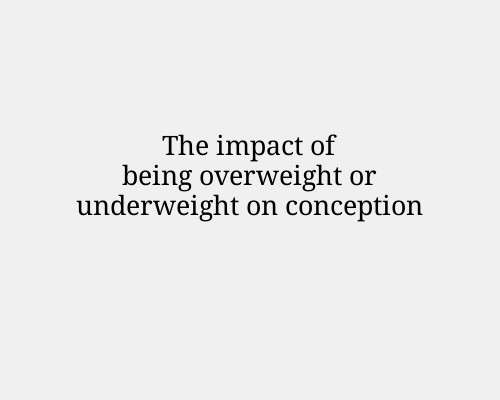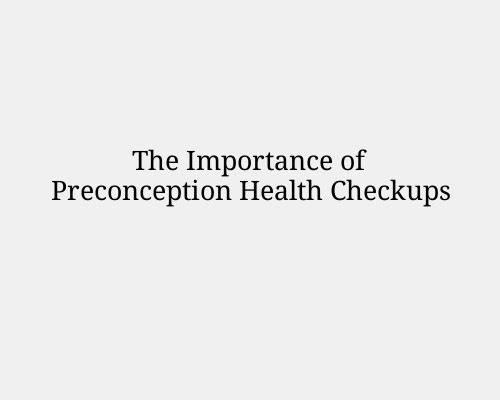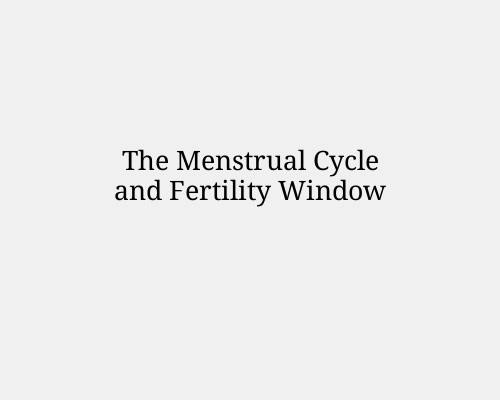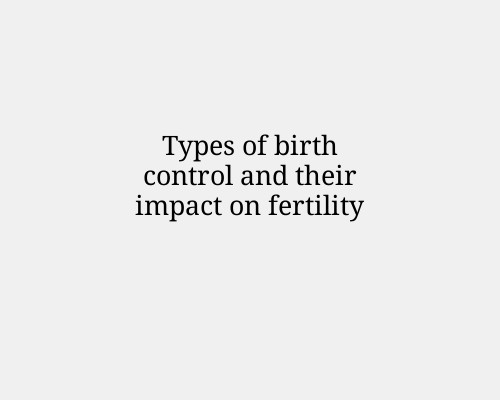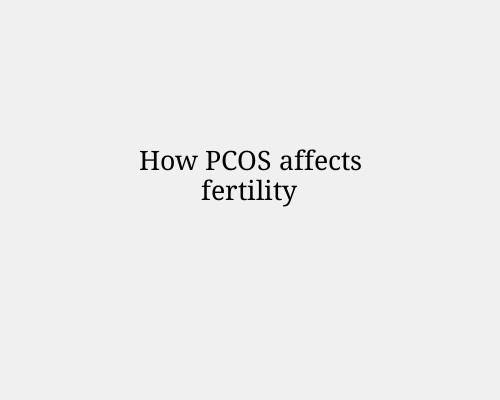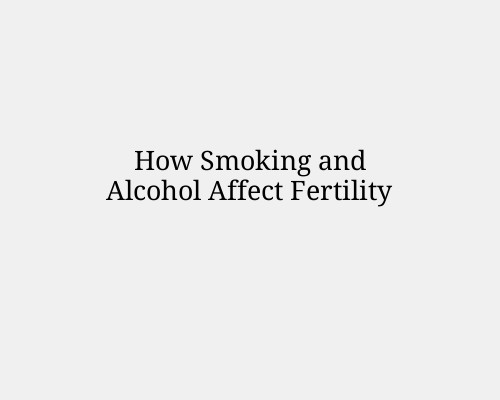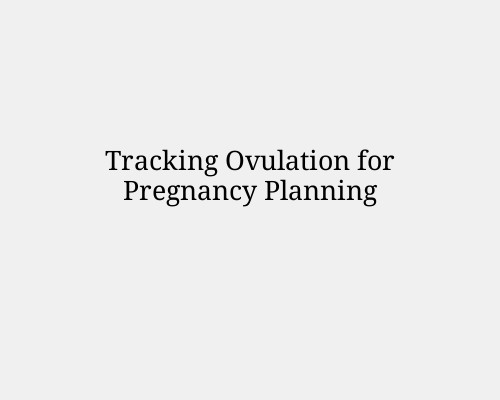 Microsoft Word – Tracking Ovulation for Pregnancy Planning.docx
Microsoft Word – Tracking Ovulation for Pregnancy Planning.docxOvulation tracking is a crucial step for couples trying to conceive, as it helps determine the most fertile days in a woman’s menstrual cycle. By understanding when ovulation occurs, couples can time intercourse to increase the chances of conception. This guide covers the signs of ovulation, tracking methods, and tips for optimizing fertility.
What Is Ovulation?
Ovulation is the release of an egg from the ovary, which typically occurs once per menstrual cycle. This usually happens around the midpoint of the cycle, approximately 14 days before the start of the next period in a regular 28-day cycle. However, cycle lengths vary, and ovulation timing can differ among individuals.
Once released, the egg remains viable for 12 to 24 hours, and sperm can survive inside the female reproductive tract for up to five days. Therefore, the fertility window—the period when conception is most likely—lasts about six days: five days before ovulation and the day of ovulation itself.
Signs of Ovulation
Recognizing ovulation signs can help pinpoint the most fertile days. Common ovulation symptoms include:
Changes in Cervical Mucus: As ovulation approaches, cervical mucus becomes clear, stretchy, and similar to egg whites, creating a favourable environment for sperm.
Basal Body Temperature (BBT) Shift: A slight increase in basal body temperature (0.5–1°F) occurs after ovulation due to rising progesterone levels.
Mittelschmerz (Ovulation Pain): Some women feel mild cramping or pain on one side of the lower abdomen when ovulation occurs.
Increased Libido: Many women experience a boost in sexual desire around ovulation.
Breast Tenderness: Hormonal changes may cause slight breast soreness.
Changes in Cervical Position: The cervix becomes higher, softer, and more open around ovulation.
Light Spotting: Some women notice slight spotting due to hormonal fluctuations.
Methods to Track Ovulation
Menstrual Cycle Tracking
Keeping a record of your cycle can help estimate ovulation. If you have a 28-day cycle, ovulation likely occurs around day 14. However, if cycles are irregular, additional methods are recommended.
Basal Body Temperature (BBT) Charting
BBT tracking involves measuring your temperature each morning before getting out of bed. A consistent rise in temperature over three or more days indicates ovulation has occurred. However, BBT confirms ovulation only after it happens, so it’s best used with other methods.
Ovulation Predictor Kits (OPKs)
OPKs detect the surge in luteinizing hormone (LH) that occurs 24 to 36 hours before ovulation. Testing urine daily around the expected ovulation window can help predict the most fertile days.
Cervical Mucus Monitoring
Checking cervical mucus consistency throughout the cycle can help identify the fertile window. Fertile mucus is clear, stretchy, and slippery, indicating ovulation is near.
Tracking Hormonal Changes with Fertility Monitors
Digital fertility monitors track oestrogen and LH levels, providing a more precise fertility window than OPKs. These devices are particularly useful for women with irregular cycles.
Ultrasound and Blood Tests
For those facing difficulties conceiving, a doctor may recommend transvaginal ultrasounds and hormone blood tests to track ovulation accurately.
How to Maximize Fertility
Have Regular intercourse: Having sex every two to three days throughout the cycle ensures sperm is available when ovulation occurs.
Time Intercourse around ovulation: The best time for conception is the two days before ovulation and the day of ovulation itself.
Maintain a healthy lifestyle: A balanced diet, regular exercise, and stress management improve fertility.
Limit caffeine and alcohol: Excessive consumption can negatively impact fertility.
Avoid smoking: Smoking reduces egg quality and sperm health.
Monitor weight: Being overweight or underweight can affect ovulation.
When to Seek Medical Advice
If conception does not occur after a year of regular, unprotected intercourse (or six months for women over 35), a doctor should evaluate potential fertility issues. Conditions such as polycystic ovary syndrome (PCOS), thyroid disorders, or low sperm count may require medical intervention.
Conclusion
Tracking ovulation helps couples identify their most fertile days, increasing the chances of pregnancy. By using a combination of tracking methods and maintaining a healthy lifestyle, conception can become more likely. If difficulties arise, consulting a healthcare provider can provide further guidance.
